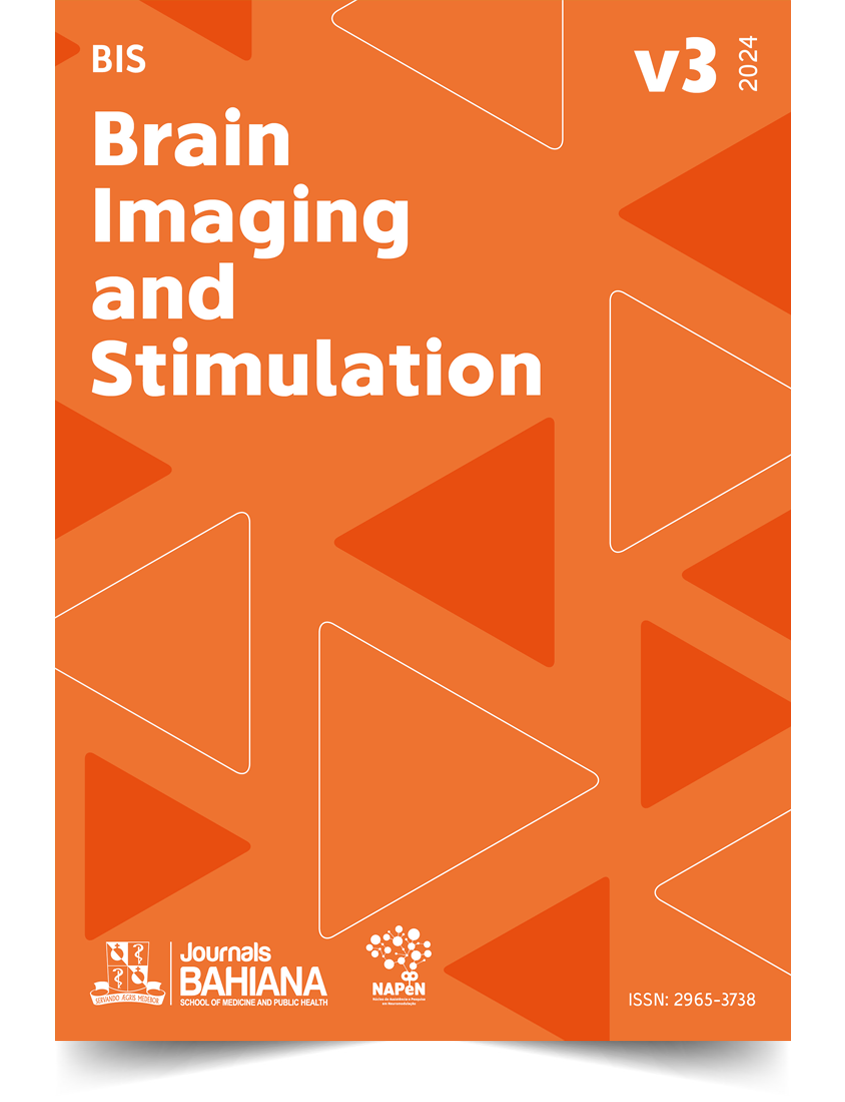Decision-making in non-invasive neuromodulation in children
DOI:
https://doi.org/10.17267/2965-3738bis.2024.e5685Keywords:
Clinical Decision-Making, Transcranial Direct Current Stimulation, Transcranial Magnetic Stimulation, ChildAbstract
INTRODUCTION: Electrical and magnetic stimulation of the nervous system has been used to treat cerebral palsy, autism spectrum disorder, attention deficit hyperactivity disorder, among other childhood conditions. OBJECTIVES: This infographic was designed to elucidate the decision-making process entailed in selecting neuromodulation protocols for children. METHODS: The development of this infographic was guided by the principles of several healthcare philosophies: (1) the Biopsychosocial Model of the International Classification of Functioning, Disability, and Health;1 (2) Patient- and Family-Centered Practice;2 (3) Evidence-Based Practice;3,4 and (4) the SMART model (Specific, Measurable, Attainable, Realistic/Relevant and Timely outcome) for establishing therapeutic goals.5 RESULTS: This visual tool delineated value points that should be considered before initiating any neuromodulation treatment, conceptualized within a structured framework across various levels, including screening, feasibility and safety assessment, selection of a "SMART" outcome, evaluation of complaints, protocol definition, risks clarification, assessment of benefits and cost-effectiveness, and collaborative and empowered participation of parents/caregivers. CONCLUSION: Neuromodulation protocols’ definitions involve a complex process, encompassing choices related to techniques, targets, parameters, distribution and number of sessions, and the potential incorporation of other therapeutic modalities. This process must be tailored to specific objectives to ensure that treatment can yield optimal results within the users' functional conditions. Our infographic can serve as a tool for comprehensively visualizing the entire process and making well-informed choices in a clear, concise, and organized manner. Nevertheless, it is essential to acknowledge that this model is not flawless and should be refined further to advance toward more humanized and responsible care.
Downloads
References
(1) World Health Organization. International Classification of Functioning, Disability and Health: ICF. World Health Organization, 2001. Available at: https://www.who.int/standards/classifications/international-classification-of-functioning-disability-and-health
(2) Mastro KA, Flynn L, Preuster C. Patient- and family-centered care: a call to action for new knowledge and innovation. J Nurs Adm 2014;44(9):446-451. https://doi.org/10.1097/nna.0000000000000099
(3) Lefaucheur JP, Aleman A, Baeken C, Benninger DH, Brunelin J, Di Lazzaro V, et al. Evidence-based guidelines on the therapeutic use of repetitive transcranial magnetic stimulation (rTMS): An update (2014-2018). Clin Neurophysiol. 2020;131(2):474-528. https://doi.org/10.1016/j.clinph.2019.11.002
(4) Lefaucheur JP, Antal A, Ayache SS, Benninger DH, Brunelin J, Cogiamanian F, et al. Evidence-based guidelines on the therapeutic use of transcranial direct current stimulation (tDCS). Clin Neurophysiol. 2017;128(1):56-92. https://doi.org/10.1016/j.clinph.2016.10.087
(5) Bovend’Eerdt TJH, Botell RE, Wade DT. Writing SMART rehabilitation goals and achieving goal attainment scaling: a practical guide. Clin Rehabil. 2009;23(4):35261. https://doi.org/10.1177/0269215508101741
Downloads
Published
Issue
Section
License
Copyright (c) 2024 Juliana Barbosa Goulardins, Rachel Fontes Baptista, Anna Fontes Baptista, Kátia do Monte-Silva Machado, Marcos Almeida Matos

This work is licensed under a Creative Commons Attribution 4.0 International License.
This work is licensed under a Creative Commons Attribution 4.0 International License.



